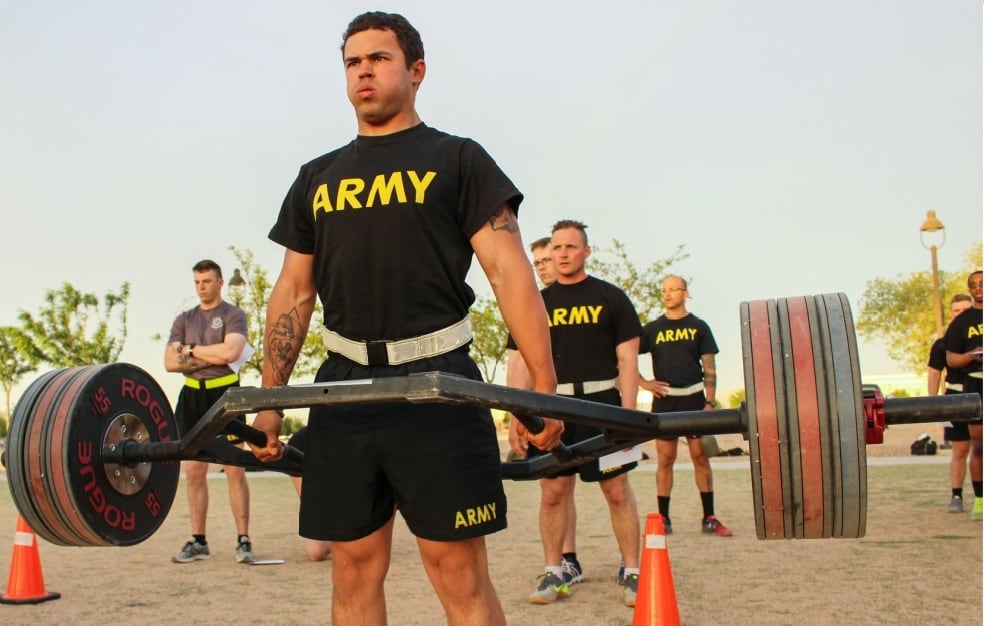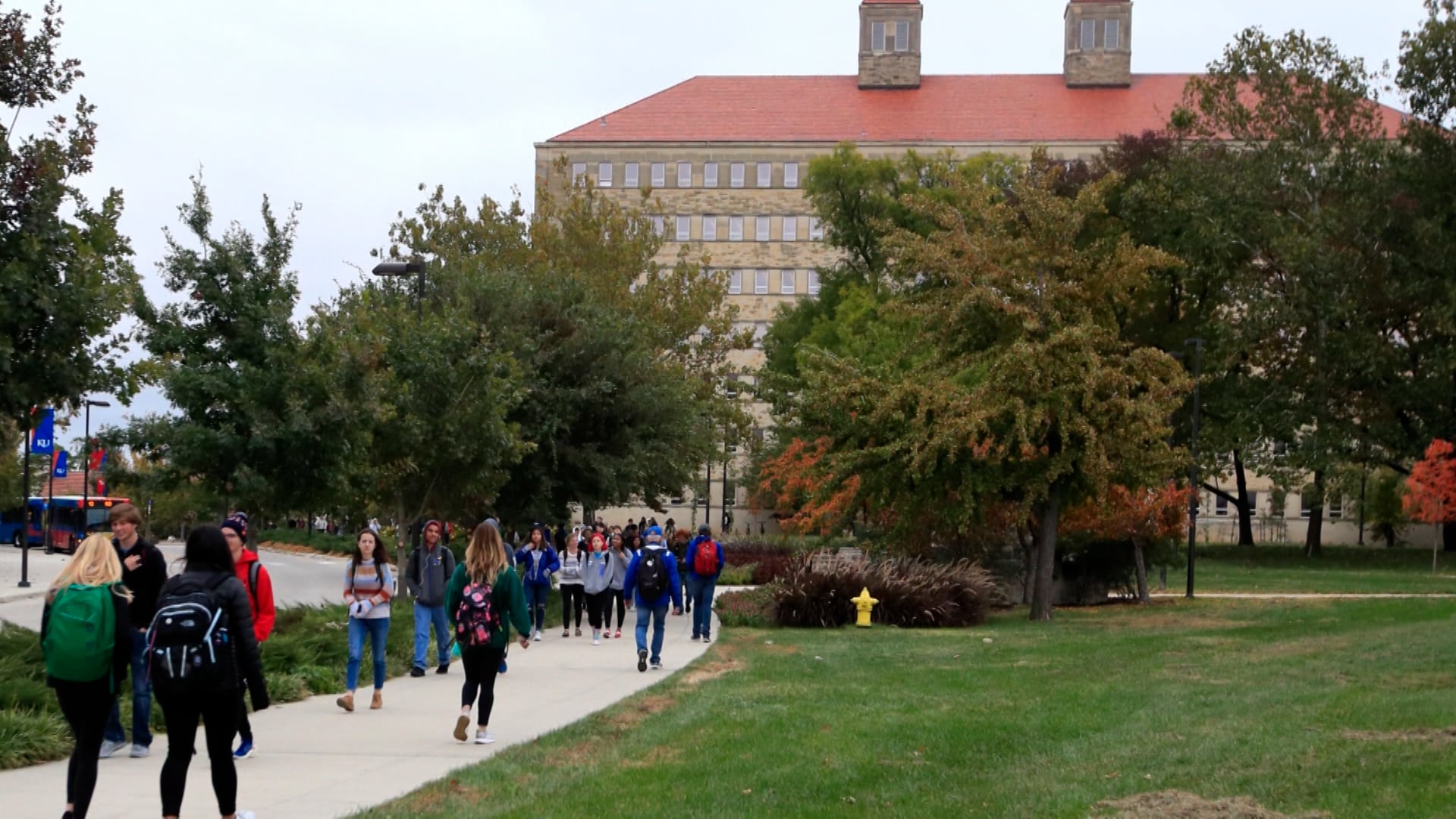The wait is over for the Army to implement the new Army Combat Fitness Test, which replaced the Army Physical Fitness Test on Thursday as the branch’s test of record.
No longer the pushups, sit-ups, and 2-mile run soldiers love to hate, standards for the ACFT may be easier to pass but much more difficult to perfect.
To achieve a perfect score of 600 on a test where standards are the same regardless of age or gender, a soldier would have to complete three repetitions of a 340-pound deadlift, throw a 10-pound medicine ball backwards over their head for 12.5 meters, complete 60 hand release pushups, run the sprint-drag-carry in less than 93 seconds, complete 20 leg tucks, and run a sub-13:30 two-mile.
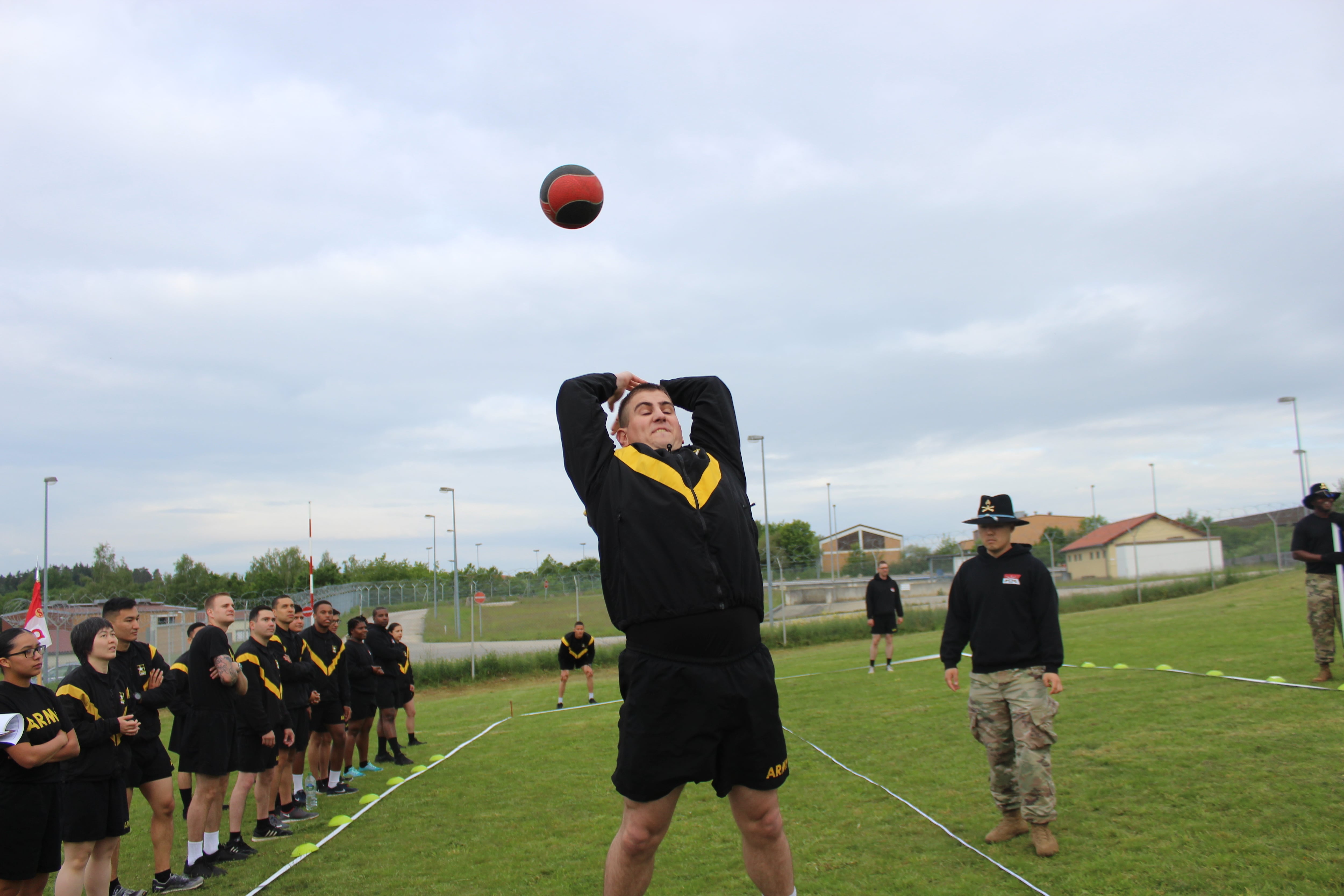
The Army first announced plans for the new PT test in July 2018. A few months later, officials began a one-year test phase in which 63 battalions across the Army’s active and reserve components tried out the ACFT’s six events.
For the past six months, the Army has put physical fitness testing on-hold due to the pandemic. COVID-19 also slowed the distribution of nearly $70 million in ACFT gear to units.
Scores on the ACFT won’t count against soldiers until March 2022 at the latest, though policy changes could come out that move the date earlier. One challenge is that the Army is still grappling with quarantine and social distancing requirements brought by the global pandemic, said Sergeant Major of the Army Michael Grinston during a call Thursday with Army Times.
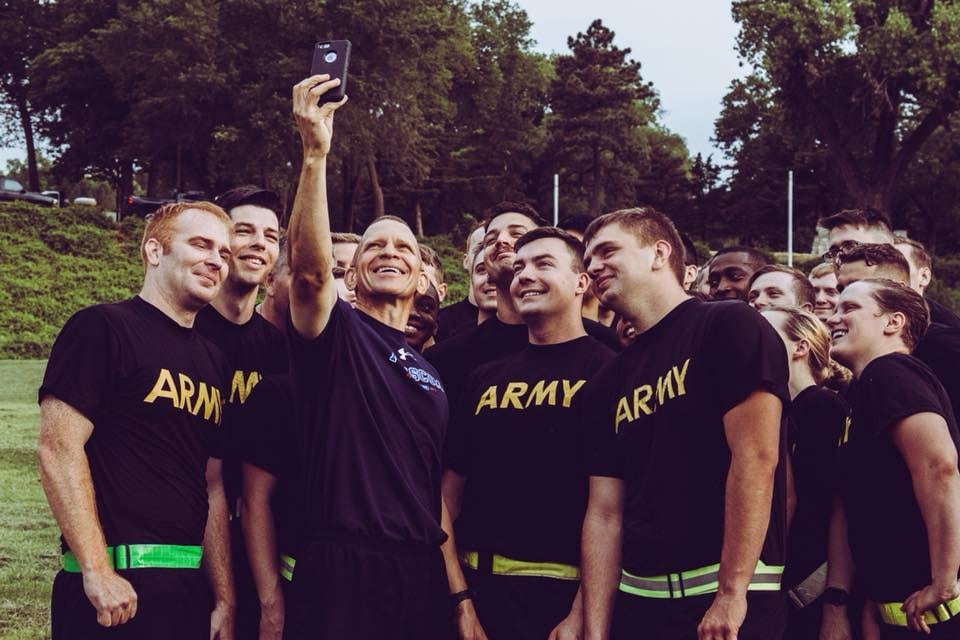
Additionally, soldiers who attempt the leg tuck event and are unable to complete a repetition will be allowed to complete a two-minute plank instead.
“If you can’t do a leg tuck, we’ve added a two-minute plank,” Grinston told reporters in June. “We need that core strength… so if you can’t do any leg tucks, how do we build off of that? The plank can help us.”
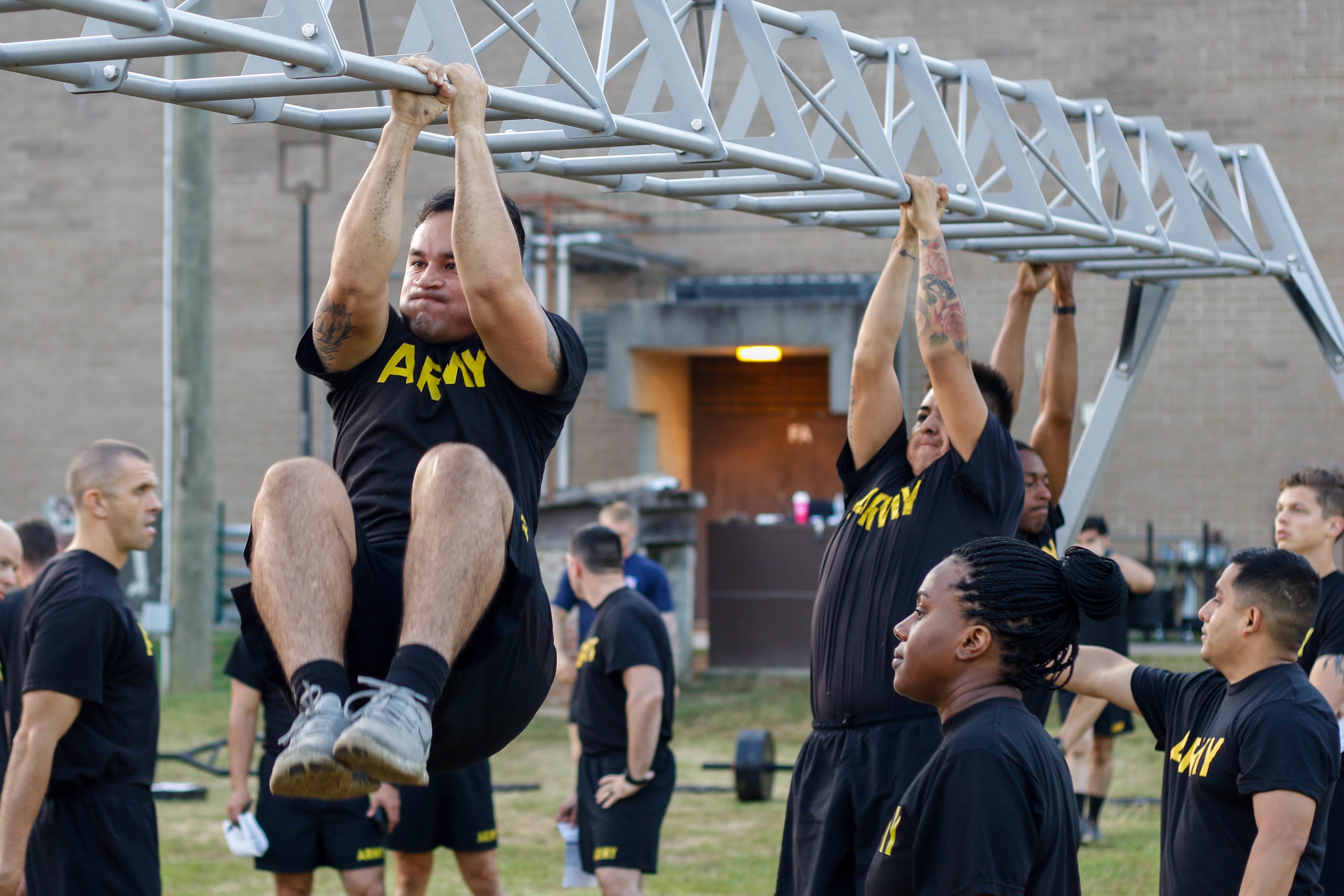
Although the ACFT is now the test of record, soldiers who failed the APFT prior to the pause of testing in March will still need to pass an APFT before they may take the ACFT.
When asked Thursday if he anticipates the ACFT will force a significant number of soldiers out of the Army, Grinston said, “The goal is not to kick people out. The goal is to actually make them more healthy and physically fit. So we’re hoping this will have the exact opposite effect. We’ll have less people injured.”
A majority of the anxiety soldiers feel in regards to the ACFT is simply a result of being unfamiliar with the test, according to Grinston.
With high numbers of soldiers non-deployable due to temporary and permanent medical profiles, making soldiers more healthy and physically fit is a serious concern.
In addition to physical fitness training more focused on developing strong, healthy soldiers, the Army hopes to build Soldier Performance Readiness Centers with a variety of training equipment and dieticians, trainers, and physical therapists on site to help soldiers train well.
Harm Venhuizen is an editorial intern at Military Times. He is studying political science and philosophy at Calvin University, where he's also in the Army ROTC program.
